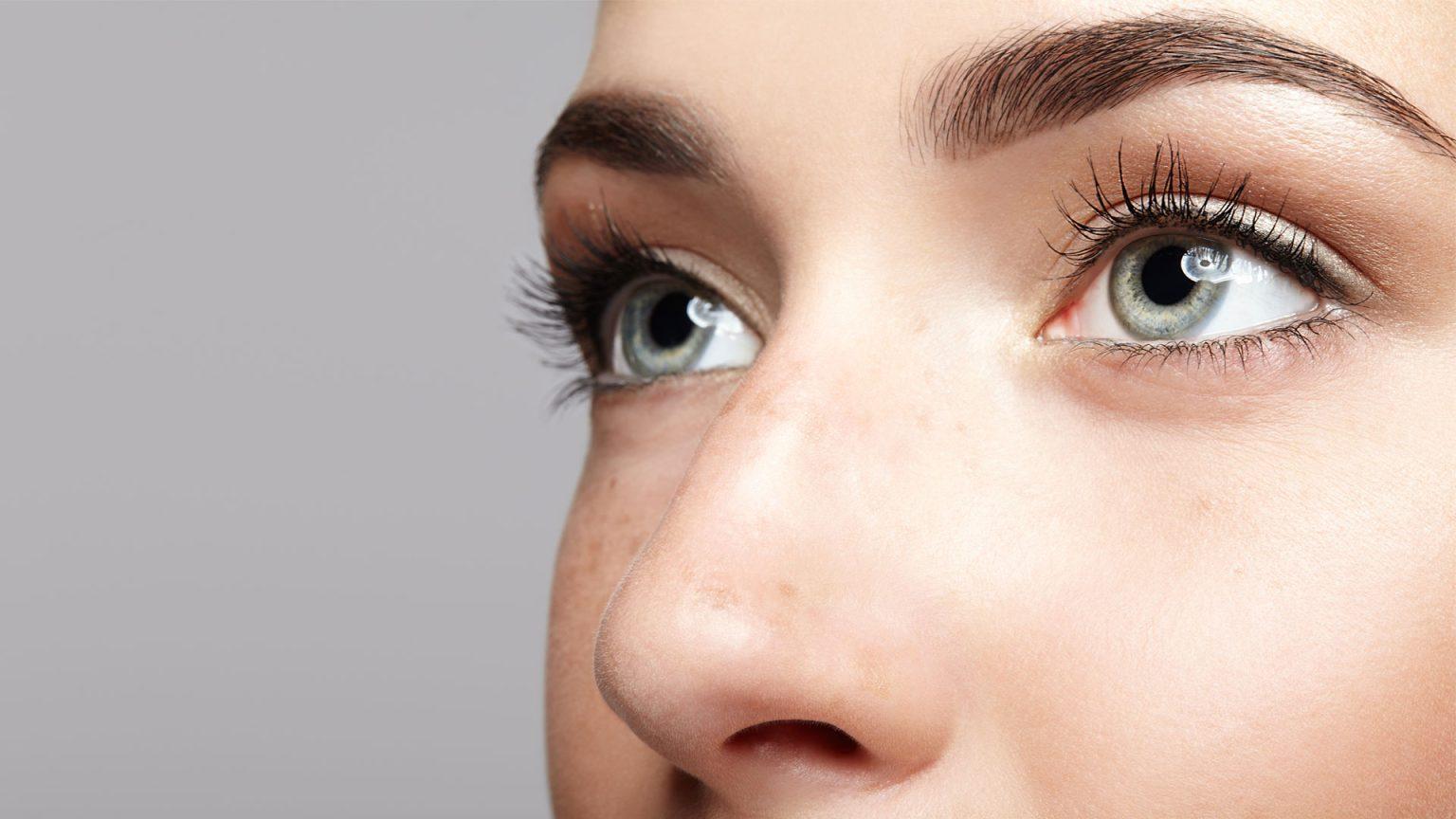Sun Damage to Eyes
When one is on holiday, in addition to enjoying yourself it’s important to protect against sun damage to eyes. Unfettered sunshine can permanently damage your eyes.
Cathedral Eye Clinic offer a range of surgical and treatment options to manage the condition. All options come with varying payment plans to suit every budget.
When considering sun damage to eyes, it pays to think about the rays. Sunlight contains invisible rays known as UVB and UVA rays. These are the rays that we take steps to protect our skin from sunburn from, using sunscreen and various lotions. Whilst these rays can cause great harm to our skin (excessive sun exposure can lead to conditions such as sunburn, blistering and even skin cancer), the effects on our eyes can be equally damaging.
UV radiation is formed by 3 core wavelengths: UVC, UVB and UVA. The features of each ray are:
- UVB rays: The majority of UVB rays are absorbed by the cornea in the eye. These rays do not permeate the eye through to the retina.
- UVA rays: The majority of UVA rays permeates the cornea and are absorbed principally by the lens with some of them also reflected onto the eye’s retina.
- UVC radiation: Most UVC rays are effectively blocked out by the planet’s atmosphere.
Our eyes rely upon the refraction of light is able to perceive the world around us clearly. This means that like our skin, UVA and UVB interact with our eyes, with our eyes absorbing much of those rays without any significant damage. However, eye damage from ultraviolet radiation is a gradual, cumulative process. This means that the damage will progressively build over a period of time, with potentially lifelong effects. Indeed, high exposure to UVA and UVB rays have been repeatedly highlighted as an undeniable link to the development of cataracts later on in life.
However, the effects of sun damage to the eyes aren’t limited to cataracts. Neglecting to protect your eyes from harmful ultraviolet radiation can lead to a range of health problems. These conditions include:
- Eye cancer: Excessive ultraviolet exposure can lead to the development of melanoma of the eye. This can be detected in a routine eye exam.
- Photokeratitis: Also known as sunburn of the eye or corneal sunburn, this condition can be painful and can develop hours after the exposure.
- Cataracts: Cataracts are cloudy opacifications of the eye’s lens. This condition can lead to cloudy and distorted vision.
- Pterygium: A triangular growth of tissue which develops on the eye’s cornea. This often occurs in both eyes and can block significant areas of your vision.
Symptom Checklist
Sun damage to eyes symptoms varies depending on the severity of the condition. However, sun damage to the eyes can present the following symptoms:
- Pain: Excessive exposure to ultraviolet radiation can cause significant pain in the eyes. This is normally accompanied by redness.
- Tears: You may find that too much sun exposure can lead to watery, teary eyes.
- Swelling: In more severe cases, your eyes and eyelids may swell as a reaction to excessive exposure.
- Light sensitivity: Failing to shield your eyes from UVA and UVB rays can lead to your eyes reacting sensitivity to stronger lighting conditions.
- Eyelid spasms: Your eyelids may twitch and cause an uncomfortable sensation as a reaction to sun damage.
- Uncomfortable sensation: A gritty feeling may develop in the eyes, leading to potential eye rubbing and further trauma.
- Vision loss: Looking directly at the sun can cause temporary (and sometimes permanent) blindness.
- Seeing halos: Often associated with conditions such as astigmatism, sun damage to the eyes can result in halos being seen in our line of vision. This symptom may last for up to 24 hours.
Sun Damage: Treatment and UV Protection
Sun damage to eyes treatment options is limited. This is because damage as a result of ultraviolet radiation exposure is a slow, cumulative and gradual process. However, there are a number of measures you can take to ensure that your eye receives adequate protection from the sun’s harmful rays.
Sunglasses are the easiest (and most fashionable) way to shield your eyes from the damaging effects of ultraviolet radiation. Sunglasses with UV 400 protection are capable of eliminating up to 100% of UV rays. It is important to note that ray exposure significantly increases on reflective surfaces such as water – so ensure you have your shades on by the pool or at the seaside. In any case, wearing a wide-brimmed hat with your sunglasses can reduce your eyes’ exposure to UV by up to 50 per cent.
It is important to remember that not all pairs of sunglasses block 100% of ultraviolet rays. However, if you are uncertain about the quality of the UV protection provided by your glasses, take them to your optometrist who can evaluate their efficacy.
Of Interest
UVA radiation is now actively used therapeutically combined to Riboflavin solution to strengthen and prevent further debilitating structural degenerative changes caused by keratoconus. This is a condition which in Ireland predominantly affects young men and causes progressive thinning and increasingly abnormal shape within the cornea. This results in some cases requiring corneal grafts if not treated by UVA combined with riboflavin crosslinking.
Learn more about Cathedral Eye Clinic with our Advanced Laser Technology article.
Bring your world into focus. For further advice on sun damage to the eyes and protecting your vision from ultraviolet radiation, contact Cathedral Eye Clinic today.








